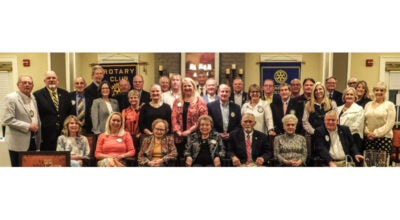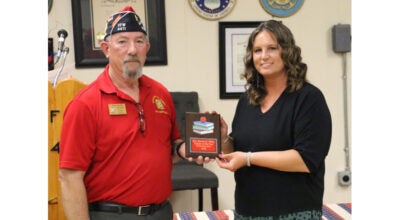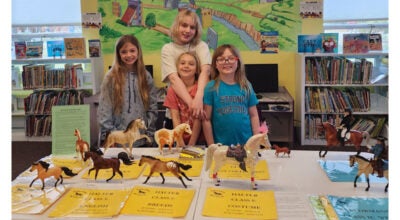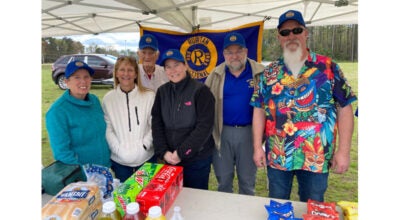Building bridges
Published 10:47 am Saturday, December 5, 2009
FRANKLIN—As someone who has traveled the world racking up 4½ million frequent flier miles, Bill Billings has had his share of adventures.
None of them would prepare him for his most recent one — a two-week bridge-building mission in Ethiopia that would test his limits, tear at his heartstrings and prove his strength.
“I’ve been around the world a couple of times,” the retired Union Camp worker said about trips he takes with his wife, Lois. “I plan adventure trips. I’ve been hiking over the Klondike and paddled 150 miles down the Yukon River. This looked like it could be even tougher.”
Billings joined 16 volunteers with the Bridges to Prosperity charity group in Ethiopia recently to build a suspension bridge over the Blue Nile River.
Though the bridge work was going to be accomplished under the blistering sun and other tough conditions, it was the 13-mile trek from Mota, Ethiopia, down to the Blue Nile River Gorge and back that really had Billings worried.
“I was worried about diseases and accidents,” Billings said. “When you leave the river and get back to civilization, you’re going to make about 23,000 accurately placed footsteps. Any one of them can be a disaster.
“The bridge trip was my first real adventure trip since I had two surgeries for thyroid cancer two years ago, so that made the trek down into the Blue Nile River Gorge more important for me.”
Billings, who turns 65 next month, made it with only a few blisters, but it was still one of the hardest things he has ever done, he said.
“Some of the guys with me had hiked down into the Grand Canyon, and they said this was tougher,” he said with a laugh.
When they reached the remote area where the bridge would be built, Billings and the other volunteers, with the help of the locals, put wood decking on already established steel cables to make a meter-wide suspension bridge for people and donkeys to pass over.
A 400-year-old stone bridge, which had been partially destroyed during WWII and had a huge gap, was still being used in this location. It had been rigged with a rickety crossing, but earlier repairs had been washed away by massive flood waters.
Before the makeshift repairs, villagers had two other treacherous and deadly ways to cross the river — either paddle across or pay two “entrepreneurs” there to pull them across the bridge gap with a rope.
Without the crossing, the people in remote villages nearby were cut off. Another bridge upstream was 50 miles away. Villages would have to travel 125 miles downstream to get to another crossing.
“When you build a bridge, in a remote area, the economic impact is staggering,” Billings said. “It gives people access to education, to markets. It’s just astounding what it can do.”
Billings estimated that 200,000 people in the region would benefit from the bridge.
“That’s really making a difference,” he said. “Where else can you help that many people at once?”
Billings, a Rotarian and former president of the Franklin Rotary Club, said he found out about Bridges to Prosperity through the club.
Ken Frantz, a Yorktown Rotarian, founded Bridges to Prosperity in March 2001.
“Rotary is such an awesome force in the world,” Billings said. “It’s a tremendous organization that does all kinds of good.”
Billings said he bonded with his group while camping on rocks and stones at night and working during the day.
Everyone brought something to share with the group. Billings packed Hubs peanuts.
“They loved those,” he said.
Though the conditions were primitive, Billings said he is hooked on helping and hopes to make another similar trip again.
“I need to rest first, though,” he said.





